
Our product spectrum covers a large range of vials and caps sets including e.g. sets of head space bottles, caps and septa. We offer an extensive selection of Thermo Fisher Scientific autosampler vials and vial sets as well as sets by Aijiren Technologies, Waters, Supelco and many more.

Price per pack of 100: $35.00 USD ~ USA retail customers can order online through our resellers: Click Here. 10mL headspace vial, 23x46mm, 20mm crimp finish. These 10mL headspace vials have a beveled top for tighter crimp sealing than regular flat top serum vials. Constructed using Kimble KG-33 low expansion clear borosilicate glass.
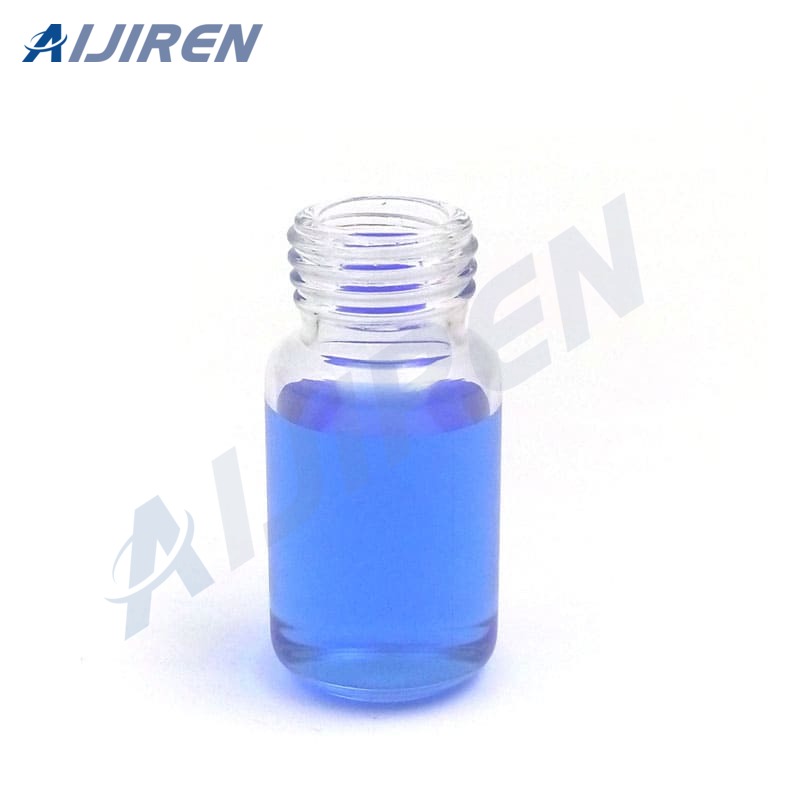
Septum maintenance: TIC of an inlet/vial septum Septa contamination in wash vials or inlet liners can be diagnosed by looking for siloxane polymers in your total ion chromatogram. Each peak in the chromatogram corresponds to a cyclized (ring structure) siloxane molecule. These molecules fragment with very similar patterns. Example spectrum:
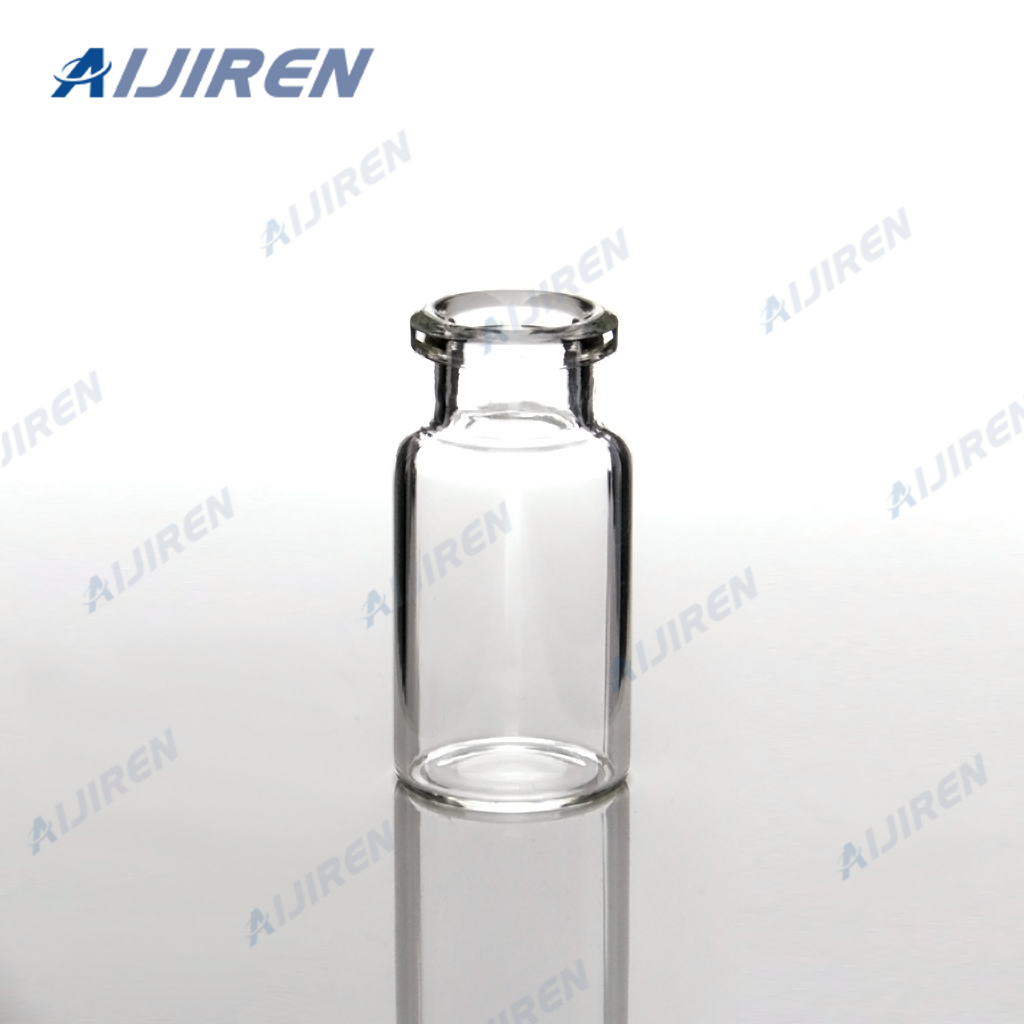
Aijiren headspace vials are offered as 10 mL vial and 20 mL certified screw vials and certified crimp vials, clear glass or amber glass headspace vials and associated 11 mm crimp caps , 18 mm screw caps, 20 mm crimp caps and 22 mm crimp caps while being are engineered to prevent sample contamination providing a consistent, secure seal of the .

level to a 10-mL headspace vial, and capping the vial. The calibrator levels were: 10, 20, 50, 100, 200, 500, and . shown in the top chromatogram and spectrum is clearly different from the .
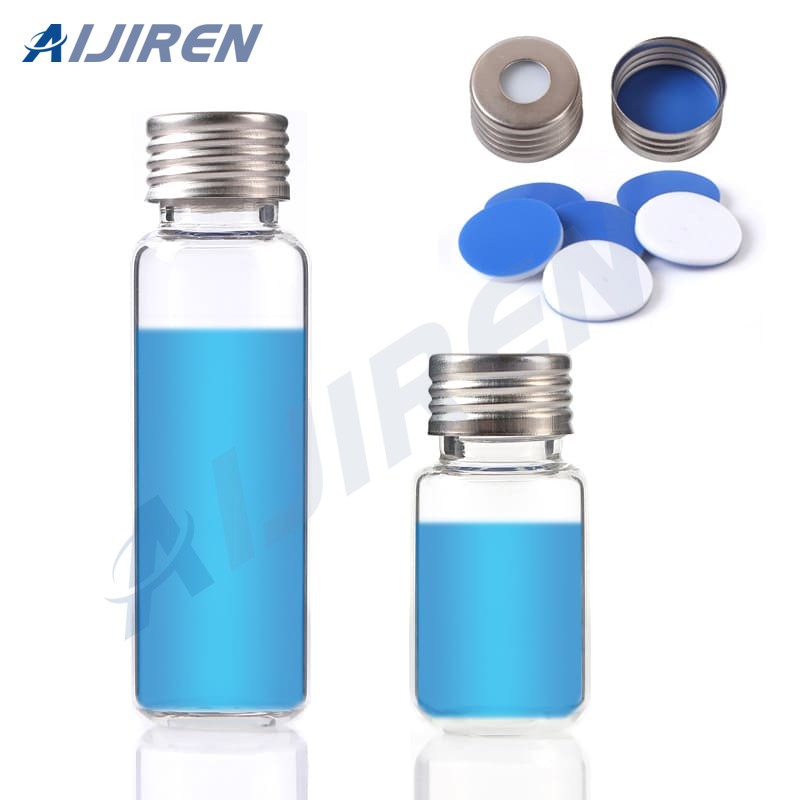
of the headspace sampler were both 85°C. The GC cycle time was 21 min, the sample vial equilibrium time was 30 min and the injection time was 1.0 min. The loop fill time was 1.5 min and the loop equilibrium time 0.5 min. Twenty-milliliter flat bottled headspace glass vials with PTFE-Si septa caps (Aijiren technologies, USA) were employed.
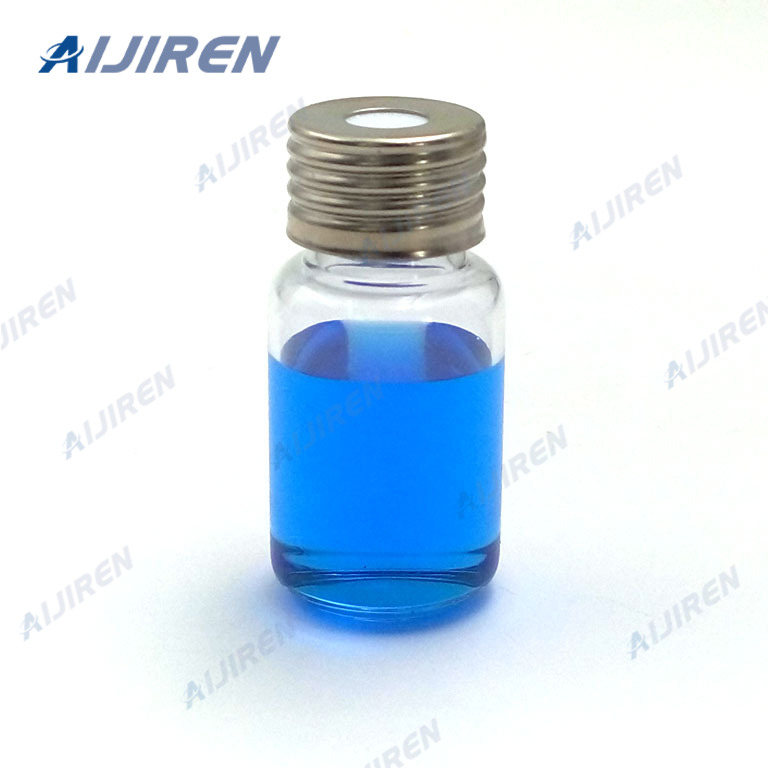
The volatile compounds based on the mass spectrum were comparatively identified by a Hewlett Packard Series II gas chromatograph (Supelcowax -10 capillary polar column of 0.25mm i.d. 60m, 0.25mm in film thickness; Supelco) equipped with a 7000 headspace auto-sampler (Tekmar, Cincinnati, OH, USA) and an ion source (Automass, Jeol, Japan).
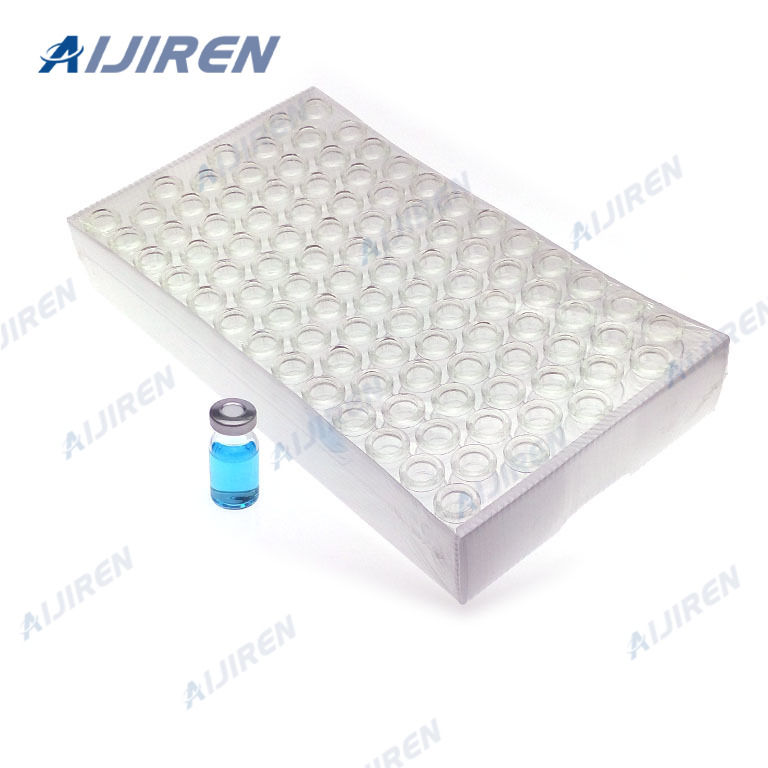
20mm crimp top headspace vials. from $38.10. cv-1292 18mm screw thread headspace vials, clear. from $43.85. cv-1294 18mm screw thread headspace vials, amber. from $69.20.
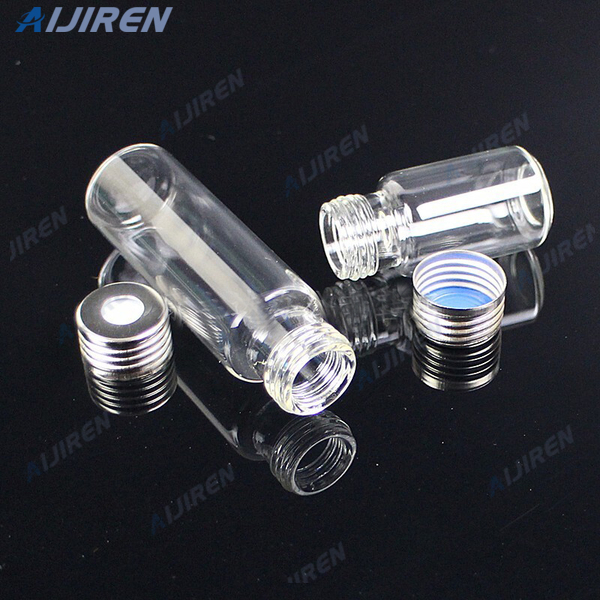
Headspace vials, flat top, rounded bottom, pkg of 100. Product Number Product Description SDS; 854180-U: volume 10 mL, clear glass vial, O.D. × H 22.5 mm × 46 mm:

to remove the air in headspace of the vials, and then immediately sealed with a rubber stopper. Pure C 2H 2 was injected, replacing 10 mL of the headspace volume of each vial to inhibit reduction of N 2OtoN 2 in the denitrification process. The vials were incubated for 3 days on an automatic shaker. Gas samples (3 mL each time) were collected
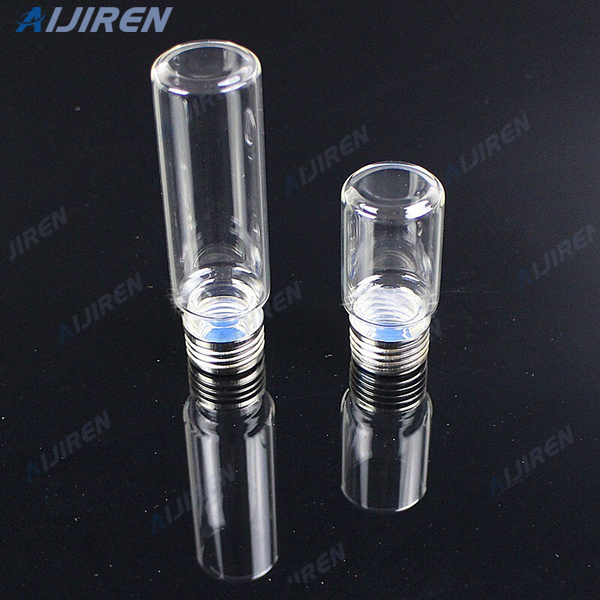
Sep 30, 2020 · Offline and online degassing of HPLC solvents both use similar methods at different points in the mobile phase. Offline degassing offers many quick and simple degassing methods but runs the risk of reabsorbing air once solvents are placed in the HPLC system. Online degassing with a vacuum degasser has become industry standard for HPLC and

A headspace sampler (HS) is an instrument that has the capability to simulate off‐gassing in solid or liquid matrices. The samples are placed in HS crimp‐top glass vials and heated at a set temperature for a fixed amount of time. The instrument is built so that the vial can be equilibrated and shaken in the oven precisely with a 0.1°C
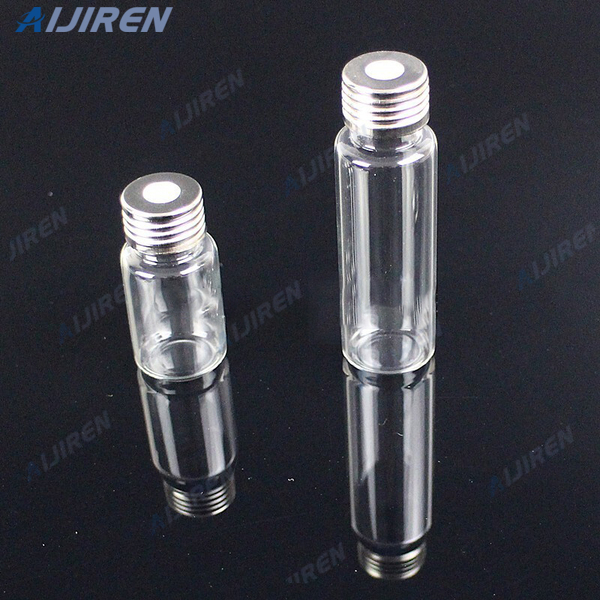
Headspace vials are made of superior quality 1st hydrolytic class glass (Type 1) and have a thicker glass wall to withstand higher temperature and internal pressure for the analysis of volatile gas in the vial’s headspace. Thermo Scientific 20mm crimp top and 18mm screw top headspace vials are available in clear or amber glass in sizes
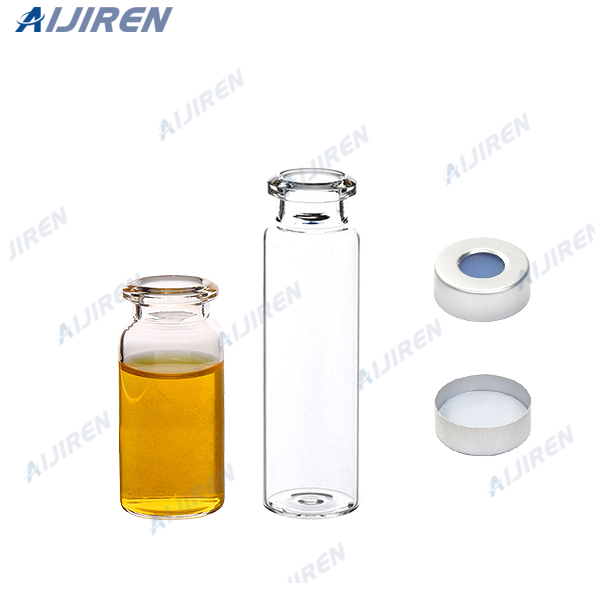
Why Select Headspace Vials? Colpak high quality headspace vials have a bevelled neck for a secure seal, uniform glass thickness for even heat distribution and a stable, strong design for ease of use. They are available with rounded or flat bottom profiles for accurate instrument compatibility. Use with the 20mm headspace caps, septas and seals. []
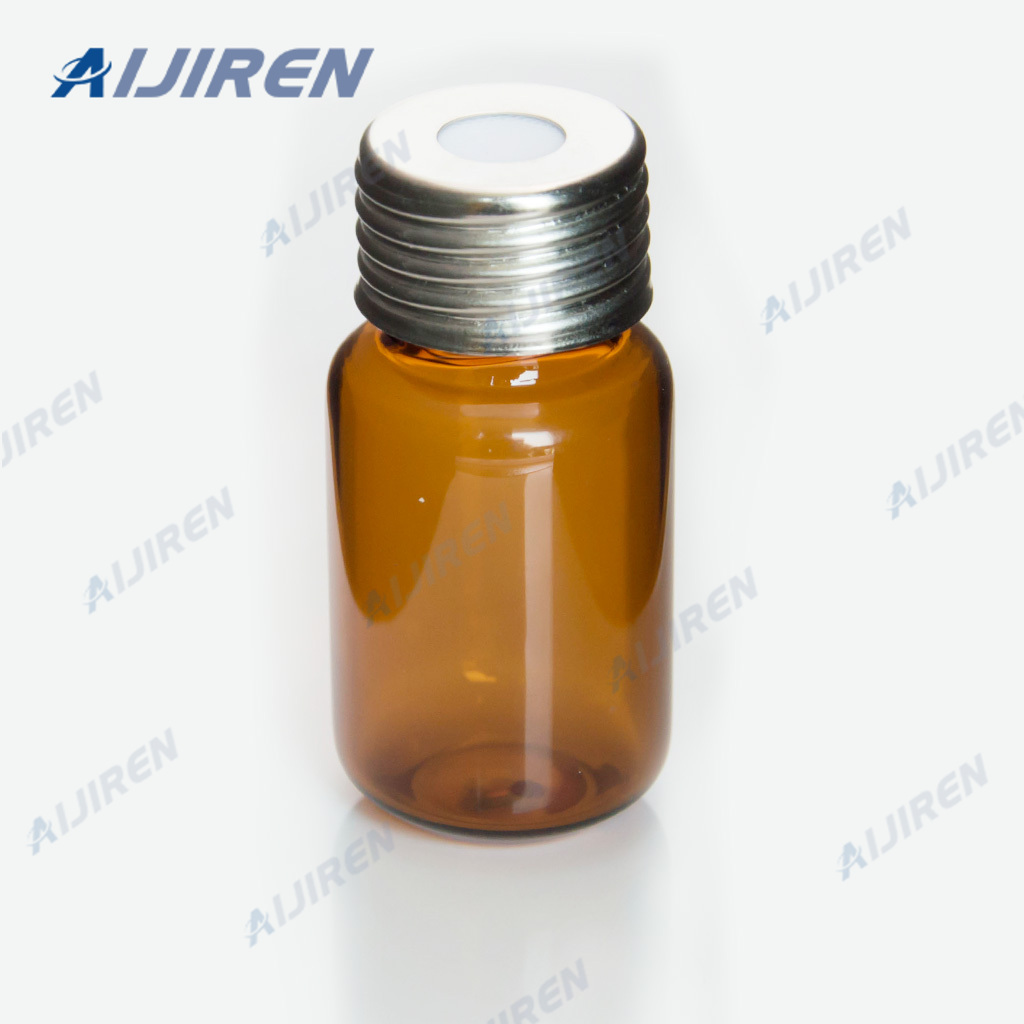
Sampling was achieved by connecting the headspace vial to the sample inlet as shown in Scheme 1. To promote formation of negative ions, 50:50 methanol/water +10 mM ammonium acetate was infused into the APCI source at a rate of 10 μL/min. Samples were analysed for 5 min; a blank vial was analysed for 5 min prior to each analysis to enable